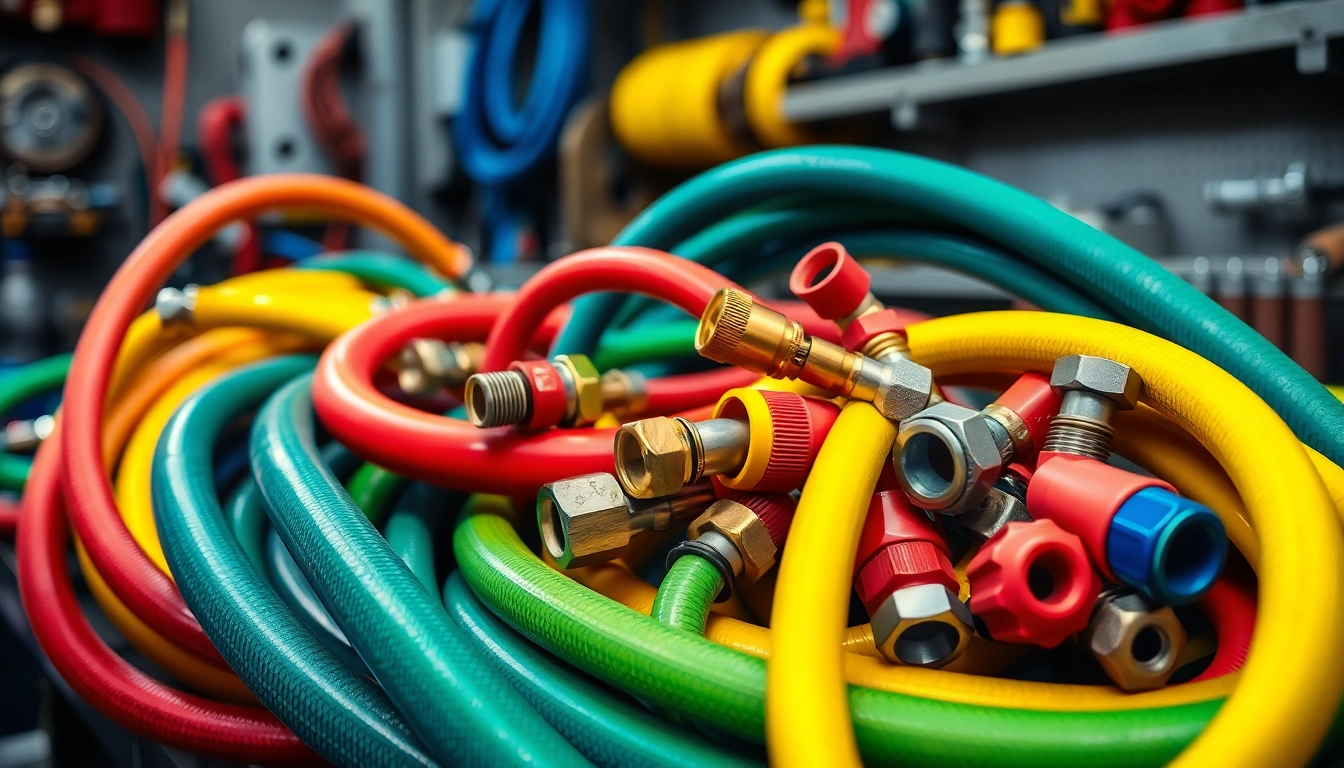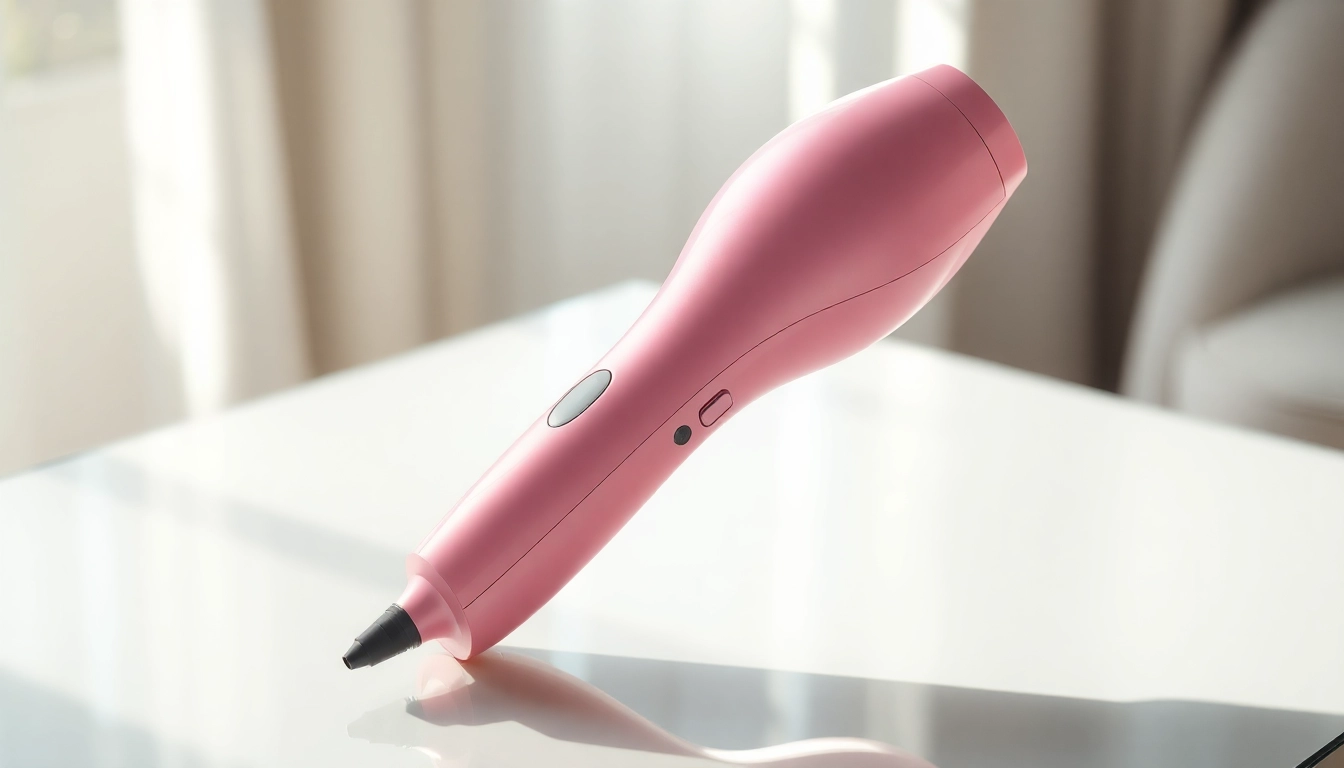Understanding Air Hoses and Fittings
Air hoses and fittings are essential components in the world of pneumatic tools and air processes. These elements facilitate the safe and effective transfer of compressed air, making them crucial for various applications in both DIY projects and industrial settings. Selecting the right air hoses and fittings can significantly impact the efficiency and safety of a project. This article delves into the fundamental aspects of air hoses and fittings, helping you choose the right products for your needs, maintain them properly, and compare leading brands on the market.
The Importance of Air Hose Quality
The quality of air hoses is vital for durability and performance. High-quality air hoses are characterized by their ability to withstand high pressure, extreme temperatures, and various environmental conditions. They reduce the risk of kinks, leaks, and ruptures, ensuring a reliable supply of compressed air. Investing in quality hoses can save money in the long run by minimizing frequent replacements and repairs. Additionally, quality hoses enhance safety by reducing the chances of accidents caused by malfunctioning equipment.
Types of Air Hoses Available
Air hoses come in various materials, lengths, and diameters, each designed for specific applications. Here are some of the most common types:
- Rubber Hoses: Known for their flexibility and durability, rubber hoses are ideal for high-pressure applications. They can be used in extreme temperatures but tend to be heavier than other types.
- PVC Hoses: These hoses are lightweight and resistant to abrasion and chemicals, making them suitable for general-purpose use. However, they may not perform as well in extreme temperatures.
- Polyurethane Hoses: Offering the best of both worlds, polyurethane hoses are flexible and lightweight. They are less prone to kinking but can be more expensive than PVC.
- Hybrid Hoses: These hoses blend materials to provide improved flexibility and durability. They are often more resistant to crushing and kinking, providing a better user experience.
Essential Fittings for Unique Requirements
Air hose fittings are necessary for connecting hoses to tools and compressors. The most common types include:
- Quick Connect Couplings: These fittings allow for fast connection and disconnection of hoses, improving efficiency during work.
- Threaded Fittings: Available in various sizes and configurations, threaded fittings provide a secure connection and are often used in permanent setups.
- Adapters: Adapters enable compatibility between different fitting types, making them invaluable when working with varied equipment.
Choosing the Right Air Hose for Your Needs
Factors to Consider When Selecting Hoses
When selecting an air hose, several factors play a critical role:
- Application Type: Consider what tasks the hose will be used for, from simple air brushing to high-powered pneumatic nailers.
- Pressure Rating: Ensure that the hose can handle the maximum pressure from your air compressor.
- Length and Diameter: Longer hoses can be more convenient but may cause a drop in air pressure. Choose diameter based on the flow rate required for your tasks.
- Flexibility and Weight: Depending on the application, different users may prefer lightweight or highly flexible hoses.
Common Applications of Air Hoses and Fittings
Air hoses and fittings are employed across various industries and applications, including:
- Construction: Used with pneumatic tools for driving nails, cutting materials, and more.
- Aerospace: Applied in testing machinery and tools that require precise air pressure.
- Automotive: Essential in tire inflation, paint spray jobs, and power tool operation.
- Manufacturing: Utilized in assembly lines and for powering air-operated machines.
Understanding Hose Length and Diameter Options
Hose length and diameter significantly influence performance. Here’s what to keep in mind:
Longer hoses can restrict airflow, leading to reduced tool performance. Always balance the need for distance with the pressure drop that can occur. Diameter also matters; narrower hoses generally limit airflow, while wider hoses support higher flow rates. However, they may be bulkier and more challenging to handle.
Best Practices for Maintaining Air Hoses and Fittings
Regular Inspection and Cleaning Techniques
Maintaining air hoses and fittings involves regular inspections for wear and tear. Look for signs of:
- Cracks or leaks in the hose material.
- Worn or damaged fittings.
- Accumulation of dirt or grime that can impact performance.
Cleaning hoses involves wiping them down after use and storing them in a cool, dry place to prevent deterioration. Additionally, apply a silicone spray to prevent sticking and enhance longevity.
Storing Your Hoses Properly
Proper storage plays a key role in prolonging the life of air hoses:
- Avoid Coiling Too Tightly: Tight coils can cause kinks and damage. Use hose reels or hangers for safe storage.
- Keep Away from Extreme Temperatures: Store hoses in a climate-controlled environment to prevent degradation.
- Protect from Sunlight: UV rays can weaken hose materials, so always cover them when not in use.
Identifying and Addressing Common Issues
Common problems include:
- Leaks: Check hoses and fittings regularly; replace or repair them when leaks are detected.
- Kinking: Avoid sharp bends in hoses to prevent kinks, which can restrict airflow.
- Fitting Compatibility: Ensure the fittings match your tools to prevent blowouts and misalignments.
Popular Air Hose Accessories and Add-ons
Useful Couplers and Adapters
Couplers and adapters serve to expand the utility of air hoses. Ensure that the couplers match the hose diameter and the end fitting types. Quick-connect couplers are popular for their ease of use, allowing for a swift transition between tools without the need for tools.
Hose Reels for Easy Handling
Hose reels provide a convenient storage solution. They help prevent tangling and damage caused by poor handling. Available in manual and automatic versions, hose reels can improve efficiency and help maintain organization in a workspace.
Thread Sealants and Other Essential Supplies
In addition to hoses and fittings, using thread sealants can help prevent leaks at threaded connections. These include PTFE tape and liquid sealants that enhance connection integrity. Always choose products compatible with your specific hose and fittings.
Comparing Top Brands for Air Hoses and Fittings
Overview of Leading Manufacturers
Several brands dominate the air hose market, each known for unique strengths:
- Flexzilla: Renowned for its light weight and flexibility, making it easy to work with.
- Goodyear: Recognized for durability and performance in tough job-site conditions.
- Ryobi: Offers innovative solutions for DIYers with a focus on affordability.
Reviewing Customer Feedback and Ratings
Customer feedback is vital when choosing air hoses and fittings. Many users report that Flexzilla hoses stay flexible even in cold weather, while Goodyear hoses are praised for their long life. Researching reviews before purchasing can help ensure you make an informed decision that fits your specific needs.
Identifying Best Value Product Options
Value doesn’t just mean low price; consider the hose’s quality, durability, warranty, and how well it meets your needs. Comparing products across several retailers can uncover options that offer the best milestones of quality to cost, ensuring you receive the most effective solution for your investment.



